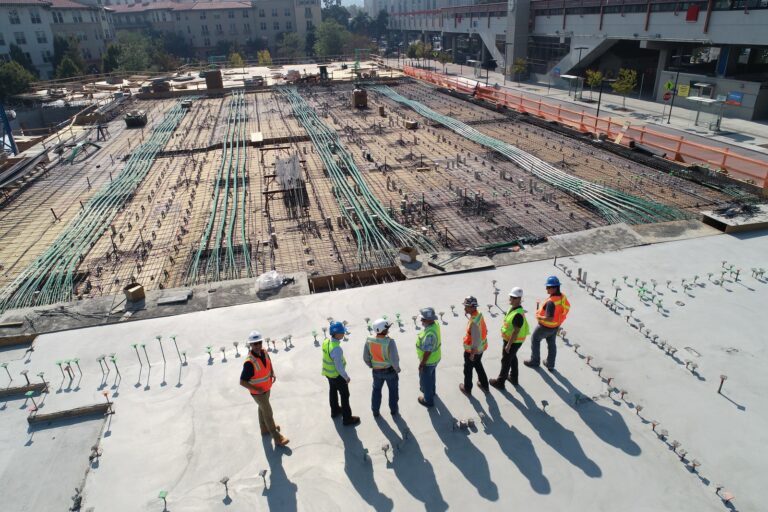When asked to think about temp workers, what type of role do you imagine them working in?
We generally think about temp workers filling secretarial, clerical, or administrative positions while a full-time employee is on leave. But as the gig economy grows and companies like Uber, Lyft, AirBnB, TaskRabbit, SkipTheDishes and Amazon continue to disrupt the way we work, it’s clear that temping has gone far beyond these traditional roles.
This new generation of workers are happy to work flexibly and in a variety of roles. Because of this, companies are going to have to adjust their thinking and approach to recruiting and hiring. They need to start looking at how they can create more flexible working opportunities and attract temp workers to join their workforce. They’ll need to provide the same level of training and support as permanent staff, so they can feel valued and secure in their role.
To get started, here are a few things you might want to consider when adapting your company to the gig workforce:
1. Flexibility
In order to attract the right kind of talent for your business, you need to offer the right level of flexibility. The good news is, the gig economy has taught us that people are happy to work flexibly and in a variety of roles. If you can offer temp workers the freedom and flexibility to work when they want, where they want, and on what type of project they want, then you’ll attract the best talent out there.
2. Training
If you find yourself recruiting a large number of temp workers and are concerned about training them up to your standards, then you might need to re-think how you approach training. Training can be an expensive and time-consuming process. At MGR Workforce, we provide our workers with training already, so they are ready to work once stepping foot at your job site or office.
If you have specific training for your company that you want temp workers to learn for their position, consider doing the training via pre-recorded videos on an online platform. This will save your business time and money in the long run, as well as allowing temp workers to learn at their own pace. If they do decide to join your permanent team, they’ll be working at the same speed as other employees, which will help them fit in more easily.
3. Fixed Term Contracts
As we mentioned above, working flexibly doesn’t always work well with traditional fixed-term contracts. If temp workers want to take on multiple projects over a period of time or work for more than one company at once, then traditional employment models won’t work for them. Be prepared to offer temp workers fixed term contracts that include a probation period so that everyone knows exactly what they’re getting into from the outset. This will help both you and your temp workers feel more secure in their position and avoid any misunderstandings further down the line.
4. Tailor Contracts To Each Project Or Client
Because temp workers aren’t going to be sticking around in a single role for very long, it’s important that you tailor your contracts accordingly. In addition to offering fixed term contracts, temporary employment services allow businesses to hire temporary workers on short-term or part-time contracts too so they can match their needs more closely. At MGR Workforce, our flexible contracts can also be extended into permanent positions if it works well for both parties.
Contact MGR Workforce today to find out more and get started on your temp staffing project. 1-888-796-6471




